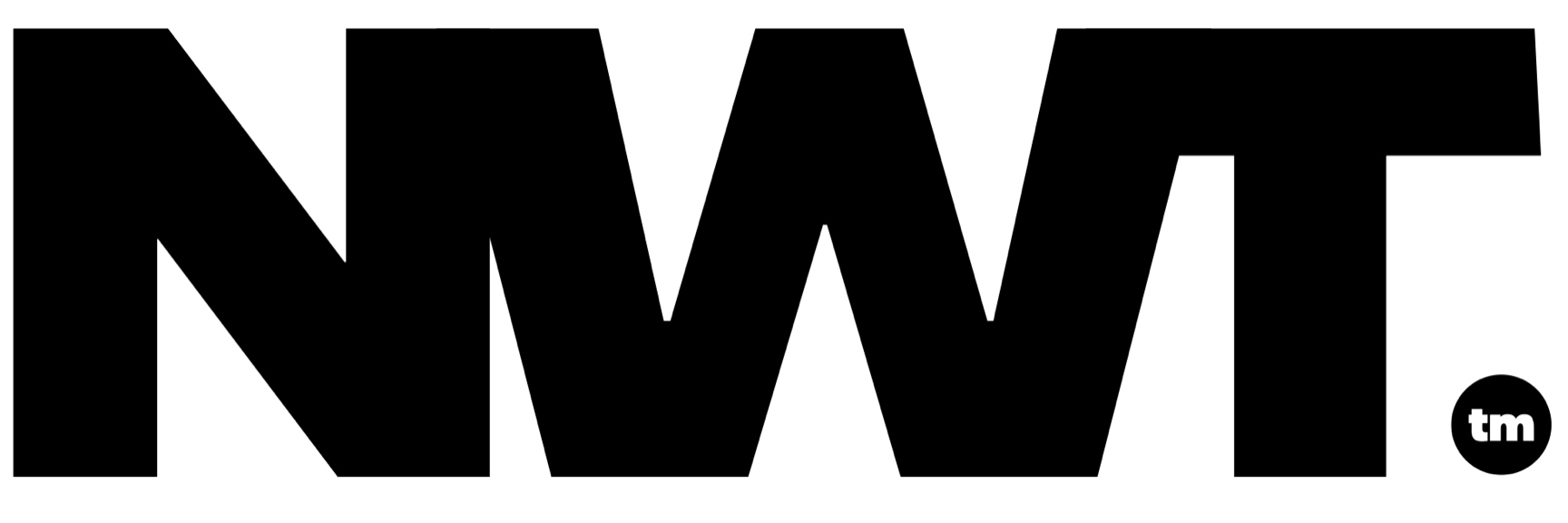Project Implementation Strategies: How to Ensure Success


Introduction
Project implementation is the process of executing a project plan to achieve a set of desired outcomes. Effective project management and implementation strategies are key to ensuring the success of a project, but what constitutes an effective project implementation strategy? In this blog, we are going to look at some tips and tricks for how you can improve your project implementation strategies, to ensure that your next project is a success and meets all the desired business outcomes.
Identify Goals and Objectives
The first step to completing a successful project implementation is to identify the business problems you are trying to fix, and the outcomes you want this project to achieve – put simply, the goals and outcomes of the project. The terms “goals” and “outcomes” are often used interchangeably but have subtly different meanings.
Goals are high-level statements which outline the purpose of the project, and how things should work after its completion (also known as the Target Operating Model). Outcomes on the other hand are discrete, measurable, and often time-bound objectives which can be verified as complete by anyone.
Having clearly defined goals and outcomes is crucial to successful project implementations. Ensuring that everyone understands what they need to achieve, why they need to achieve it, and how their work impacts the wider project will help with team morale and productivity, ultimately resulting in higher quality work, which more closely meets the business requirements. Having goals and objectives also benefits the stakeholders of the project, as they are easily able to verify that the project is going to satisfy their needs and is on track whilst it is in progress.
To achieve proper goal and outcome identification, we recommend using the following:
- Stakeholder Analysis – involving key stakeholders in the identification phase ensures that everyone is on the same page and that the project is going to meet their needs and deliver the outcomes that they are expecting.
- SMART Criteria – SMART which stands for: Specific, Measurable, Achievable, Relevant, and Time-Bound, is an outcome ideation method which ensures clarity within the defined outcomes. By ensuring that each outcome meets each aspect of SMART, we can be sure that the project can run smoothly.
Develop a Project Plan
A project plan should contain a step-by-step guide on how the project is going to be completed. A thorough project plan should include:
- Scope – Identify what work is in, and out of the scope of this project. This sets the expectations of key stakeholders as they will have a clear definition of what will and won’t get completed.
- Budget – Outline the costs of the project based on resources and materials.
- Risk Analysis – Carry out and document a thorough risk analysis of the project and create a risk mitigation strategy to ensure minimal disruption to the progress of the project
- Goals – Give a high-level overview of the expectations of the project.
- Outcomes – Detail the concrete outcomes that are expected to be achieved throughout the project. This should not only be representative of the finished project but should outline deliverables within the project timeline
- Schedule – Map the outcomes to a concrete schedule. This should include when specific pieces of work will be carried out and by whom, and when outcome deliverables are due.
- Resources – Allocate the appropriate resources (be it people, materials, equipment etc.) to the schedule.
By completing a thorough project plan, we can clearly define a roadmap to successful project implementation. This benefits all members of the project team; from stakeholders who now have a clear vision for the project, and when they can expect to see results, to project implementors who have a concrete plan of action for them to work from so that they know exactly what needs to be done, when, and by whom. Whilst creating project plans can be challenging, tools such as Microsoft Project, Jira, and ServiceNow all have the capability to streamline these processes and help you to produce high-quality, mature project implementation plans.
Monitor Progress
Once a project plan has been put in place, and work on the project is underway, there need to be regular check-ins (e.g., a daily stand-up) where staff can update the team on their progress, Management can then use this feedback to better allocate resources to the parts of the project which may be falling behind.
These check-ins also provide an opportunity for staff to raise any blockers they are facing which are prohibiting them from completing their tasks or any other unforeseen issues which may have arisen during the course of the project. It is important for the actions that are brought up in these meetings to be documented, and the findings are then reported back to key stakeholders to keep them updated on the progress of the project.
How can NWT help?
At New World Tech, our programmes and projects team are experts in managing successful projects, from small start-ups to international enterprises, we have the expertise to successfully plan, and implement your projects and programmes. To find out more about how we may be able to help you, visit our portfolio and see the project and programme management services we offer.


